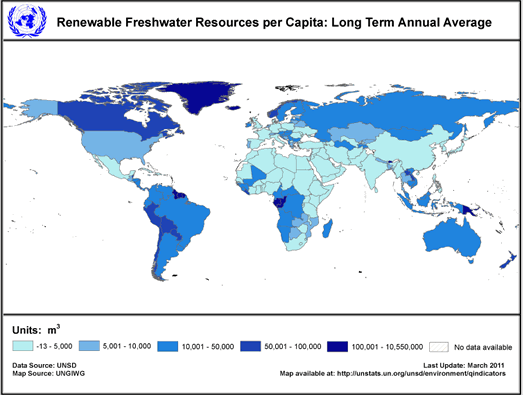The raw material refers to the basic substance in its natural state that is used as an input to a production process, such as water, metal, coal and etc. In present days, the prices of these raw materials have undoubtedly risen.
Why the raw materials’ prices are keeping increasing in these years? For example, when it comes to the water resources, as mentioned in limnos’s blog “Privatizing water: Governance failure and the world’s urban water crisis”: “privatization emerged as an increasingly widespread mode of resource management”, which creates the crisis of water resources to some extent. The privatization water decreases the supply while the demand maintains at the same level, therefore the prices increases. (This is the comment on Limnos’s blog“Privatizing water: Governance failure and the world’s urban water crisis”)The supply of raw materials has been a significant cause of price rising.
In addition to  the tight of supply, the demand in raw material market is another major cause of climbing price trend, especially for the metal market. The increased demand from the developed country, like China, is a fundamental factor has underpinned the high prices over last two years. The developing countries are focusing on the industrial production, so they have been the main importer of metal materials. The governments in these countries play an active role to encourage the raw materials’ importing and tightening the exporting policy, such as China in particular. The reason they do so is to make sure the enough supply of raw materials for its own countries. This does makes the demand increase dramatically.
the tight of supply, the demand in raw material market is another major cause of climbing price trend, especially for the metal market. The increased demand from the developed country, like China, is a fundamental factor has underpinned the high prices over last two years. The developing countries are focusing on the industrial production, so they have been the main importer of metal materials. The governments in these countries play an active role to encourage the raw materials’ importing and tightening the exporting policy, such as China in particular. The reason they do so is to make sure the enough supply of raw materials for its own countries. This does makes the demand increase dramatically.
To take both the supply and the demand into account, the raw material price must keep rising.



